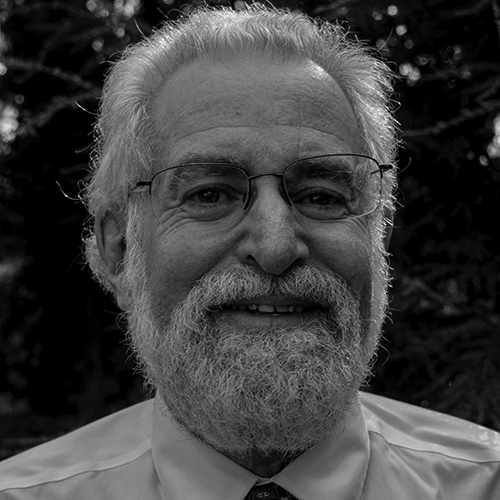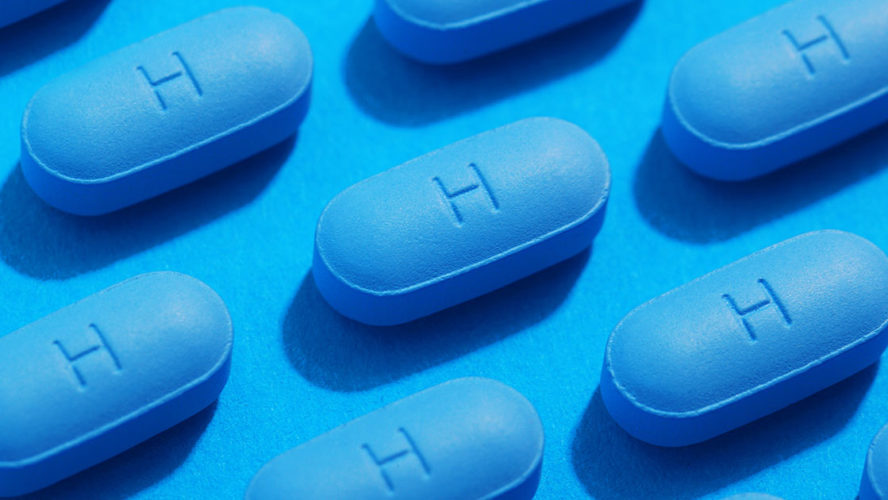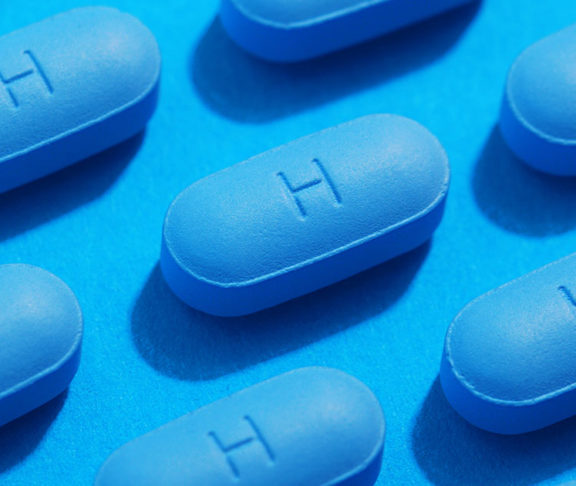Many consider the introduction of pre-exposure prophylaxis (PrEP) just as revolutionary as an HIV cure or vaccine, and the most important advancement in the prevention of HIV to date.

Gary F. Spinner, D.M.Sc., M.P.H., PA, AAHIVS
Forty years since the first AIDS case was documented in 1981, the HIV epidemic is far from over. Approximately 1.2 million people in the United States have HIV, and nearly 13 percent of them (1 in 7) are not aware of their status.
While there have been significant advances in HIV treatment over the past 40 years, there is still not a cure or a vaccine. However, many consider the introduction of pre-exposure prophylaxis (PrEP) just as revolutionary and the most important advancement in the prevention of HIV to date.
Immunity
PrEP is a daily pill for people who are HIV negative. Trials have shown that, when taken consistently and correctly, PrEP is highly effective and reduces the chances of HIV infection by 99 percent. The Centers for Disease Control and Prevention (CDC) recommends PrEP for people who are HIV negative and at risk for HIV infection.
In July, the U.S. government published guidance reiterating that the two approved PrEP drugs for HIV prevention, Truvada® and Descovy®,, as well as any associated generics, must be covered by nearly all health insurers. In addition, the guidance clarified that coverage extends beyond the drugs themselves, including clinical visits and lab tests essential to the effective prescription and ongoing maintenance of PrEP. This move signifies a significant advancement that will help more people access care, and ultimately help end the decades-long HIV epidemic.
PrEP can significantly reduce the risk of HIV transmission when used consistently, and it has decreased rates of HIV diagnosis in the United States. However, PrEP prescriptions have only reached 18 percent of the more than 1 million Americans considered at risk. Without intervention, another 400,000 Americans will be newly diagnosed over the next 10 years despite available tools to prevent HIV.
New data from AIDSVu shows an increase in PrEP use year over year from 2012 to 2018. However, there are some serious disparities in who is being prescribed PrEP as it relates to sex, race and ethnicity, gender, age, geographic location, socioeconomic status, and access to PrEP services.
According to a study led by Aaron Siegler, Ph.D., and published in Annals of Epidemiology, PrEP use varied greatly across the country. For instance, among all U.S. PrEP users in 2018, 94 percent were men.
Barriers
There are many barriers to widespread adoption of PrEP, both at the provider and patient level. More education and training is needed to help both HIV specialists and primary care providers expand the knowledge and skills needed to prescribe PrEP. Organizations like the American Academy of HIV Medicine are working to implement educational programs to help healthcare providers better understand PrEP, testing, and coding.
Patients must commit to taking PrEP every day for it to be effective. PrEP users must also visit their healthcare provider every three months to assess the continued need for PrEP, and for laboratory monitoring. These regular, ongoing appointments may require travel and time away from work, which is a burden to many patients. We must meet patients where they are and make PrEP access convenient and affordable.
To address many of the patient-level barriers, there is ongoing work to expand convenient and affordable PrEP services in non-conventional settings, such as emergency departments, pharmacies, and telemedicine visits. Still, more work is needed to address the stigma and low-perceived risk that many people carry surrounding HIV.
Hopefully, continued efforts to simplify HIV pre-exposure prophylaxis will increase PrEP availability and access so everyone has every HIV prevention tool available to them.
If you feel you are at risk for HIV, talk to your healthcare provider about PrEP. For more information about PrEP, visit the CDC website at www.cdc.gov/hiv/basics/prep/about-prep.html.



